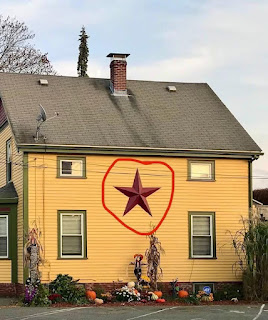You’ve probably noticed those bright, decorative stars hanging above barn doors in the countryside. More than just pretty decorations, these barn stars carry centuries of tradition and meaning. Originating with German immigrants in the 1830s, these symbols were originally believed to protect farms and bring good harvests.
Each color tells its own story – green stars represented hopes for fertile land and abundant crops, while blue or black ones were thought to shield the farm from harm. A brown star? That was a sign of friendship and goodwill to neighbors. These meaningful decorations became especially popular in Pennsylvania Dutch communities, where they remain a cherished tradition today.
While often mistaken for hex signs (their more elaborate cousins that appeared later), barn stars focused on practical farming life rather than mystical beliefs. They’re part of a global tradition of protective symbols – like the Hindu Om for peace, Egypt’s Eye of Horus for safety, or the Hamsa hand for good luck. Whether simple or ornate, these symbols across cultures all speak to our shared human desire for protection, prosperity, and connection to our roots.


